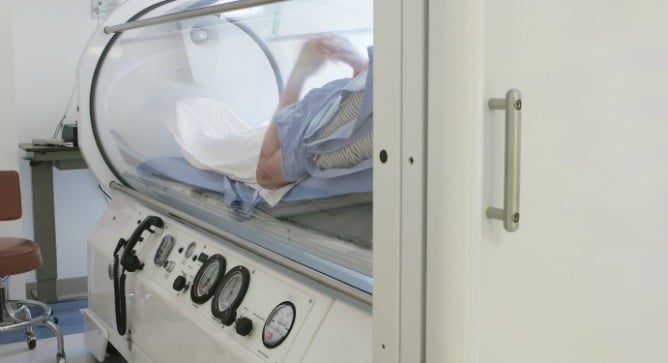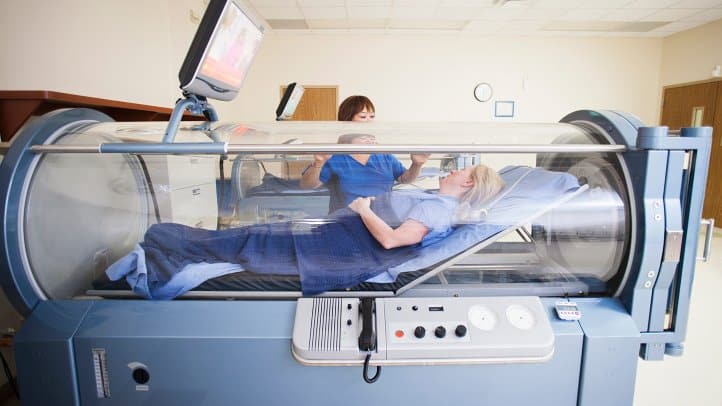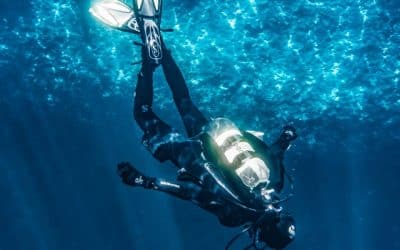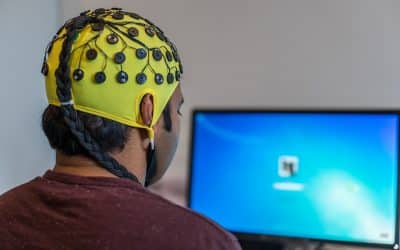Abstract: Hyperbaric oxygen (HBO) therapy has been used to treat patients with numerous disorders, including stroke. This treatment has been shown to decrease cerebral edema, normalize water content in the brain, decrease the severity of brain infarction, and maintain...
Migraines
Explore the latest research on the use of Hyperbaric Oxygen Therapy (HBOT) to treat Migraines. Extivita maintains an extensive publication database for Migraines and various other indications with therapies such as Hyperbaric Oxygen Therapy, Neurofeedback, Nutritional IV Therapy, Infrared Sauna, and Pulsed Electromagnetic Field Therapy. Explore our database on Acne and Hyperbaric Oxygen Therapy aka, HBOT, below.
For a complete list of indications treated at Extivita, explore the conditions we treat.
Nonpharmacologic treatment of migraine.
Abstract: Nonpharmacologic treatment of migraine is often used by patients and can provide interesting options for physicians. Knowledge about the evidence and its absence is important. Avoidance of trigger factors can help, if individualized. Behavioral approaches,...
Alternating extremely low frequency magnetic field increases turnover of dopamine and serotonin in rat frontal cortex
Abstract The aim of this study was to evaluate the influence of an extremely low frequency sinusoidal magnetic field (ELF MF) with frequency of 10 Hz and intensity of 1.8-3.8 mT on the levels of the biogenic amines dopamine (DA), 3,4-dihydroxyphenylacetic acid...
A randomized, double blind study of the prophylactic effect of hyperbaric oxygen therapy on migraine.
Abstract: In a double blind, placebo-controlled study to assess the prophylactic effect of hyperbaric oxygen therapy on migraine, 40 patients were randomly assigned to a treatment group receiving three sessions of hyperbaric oxygen, or a control group receiving three...
Headache and facial pain in scuba divers.
Abstract: Headache occasionally occurs during or after scuba diving. Although its significance often is benign, headache may signal a serious neurological disorder in some circumstances. In addition to the usual causes of headache, the diagnostic evaluation should...
[Spontaneous intracranial internal carotid artery dissection: 6 case reports and a review of 39 cases in the literature].
Abstract: Angiographic, CT and MR findings, precipitating factors, and clinical features of spontaneous intracranial internal carotid artery dissection, in particular the terminal segment of the ICA, are described. Patients who had a possible posttraumatic dissection...
Oral magnesium oxide prophylaxis of frequent migrainous headache in children: a randomized, double-blind, placebo-controlled trial
Abstract Objective: To assess whether, in children, oral magnesium oxide reduces migrainous headache frequency, severity, and associated features compared to placebo. Background: There is no single, safe, widely well-tolerated, and effective prophylactic treatment for...
Electroencephalography in migraine: a review with focus on quantitative electroencephalography and the migraine vs. epilepsy relationship
Abstract EEG-studies in migraine in the last decade has contributed modestly to the understanding of headache pathogenesis. Headache patient groups seem to have increased EEG responses to photic stimulation, but a useful biological marker for migraine in single...
Impulse magnetic-field therapy for migraine and other headaches: a double-blind, placebo-controlled study
Abstract This double-blind, placebo-controlled study assessed the efficacy of 4 weeks of impulse magnetic-field therapy (16 Hz, 5 microTs), delivered through a small device, for different types of headache and migraine. Eighty-two patients were randomly assigned to...






![[Spontaneous intracranial internal carotid artery dissection: 6 case reports and a review of 39 cases in the literature].](https://www.extivita.org/wp-content/uploads/2021/01/pexels-anna-shvets-4226216-1-400x250.jpg)


